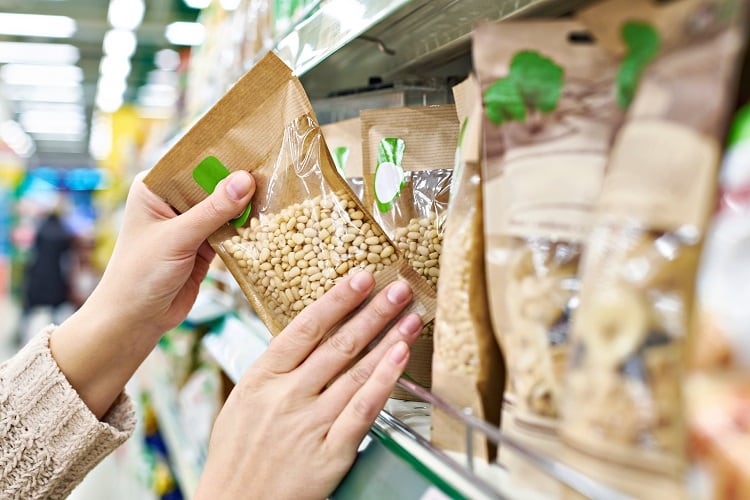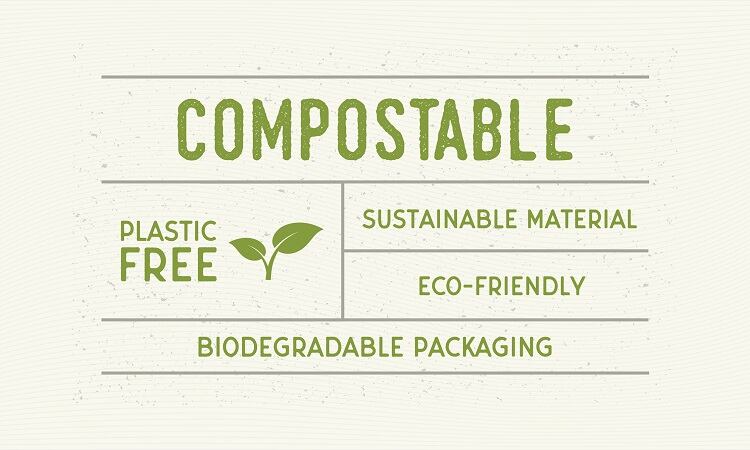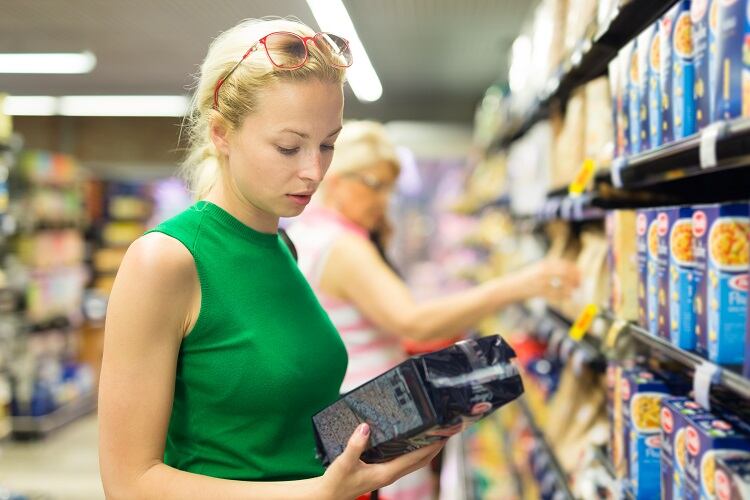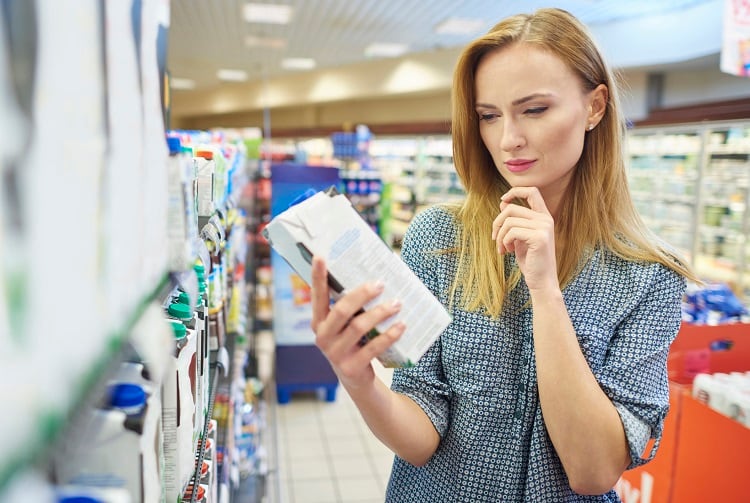Industry term ‘clean label’ has long been associated with ‘natural’ and ‘no artificial ingredients’ claims. However, the clean label trend – driven by consumer demand – is changing and expanding.
Today’s consumer associates clean label attributes and naturalness to health, according to Mintel senior analyst, Global Food Science, Emma Schofield.
“Consumers don’t just define health by [a product’s] nutritional profile, they also define healthy products by the naturalness of ingredients and by other attributes linked to minimal processing,” she told delegates at this year’s Food Ingredients Europe (FiE) CONNECT.
In the future, Schofield expects the trend to evolve yet again: “Consumers will not just seek clean labels, but will seek brands with a ‘clean conscience’,” she explained.
“Producers can look beyond food ingredients lists, to other areas of their supply chain, to deliver a ‘clean and green’ image for their entire brand.”
Moving forward, the senior analyst predicts brands and producers will need to do more than simply offer clean label ingredients lists to consumers to ‘stay ahead of the trend’.
Tapping into ethical and environmental claims
Linking clean label back to consumer and planetary health is not a brand-new concept. Indeed, according to Mintel GNPD data, an increasing number of brands have been communicating their ‘clean conscience' in recent years.
In Europe, the number of natural claims made in food and drink rose from 30% in 2015 to 34% in 2019. A sharper trajectory was observed in the number of ethical and environmental claims, which rose from 24% in 2015 to 32% in 2019.
“It is important to engage with consumers with the ethical and environmental topics that are important to them,” advised Schofield. However, where ethics and the environment are concerned, there is an ‘absolutely huge scope’ with a plethora of areas to tap into.
“Our data shows that consumers are actually interested in a very broad range of attributes on the ethical and environmental front. This can be good, because brands and producers can pick ones that are most relevant to their business and that are attainable to them.”
In France, for example, Mintel’s data shows that when consumers make food and drink choices, they are most likely to purchase items that support local suppliers, followed by claims that minimise the use of pesticides during production, and then claims that protect and conserve the environment.

Globally, consumers appear to believe that natural ingredients and clean label products are better for the environment. In a survey conducted by Mintel and Lightspeed, 58% of Brazilian consumers said they consider products developed with natural/organic ingredients to be sustainable.
In the US, 57% of consumers agreed that natural/organic foods are safer for the environment than conventional foods, and 46% of consumers in France said they buy organic foods because they are better for the environment.
Communicating a ‘clean conscience’ requires full transparency
For brands to be able to communicate their ‘clean conscience’, they will need to have ‘full transparency’ throughout their supply chains.
Currently, much confusion surrounding ethical and environmental claims on-pack are muddying the waters. For starters, an overabundance of claims exist, and not all have won over consumer trust.
Claims concerning the composability of a product’s packaging, for example, have been called into question as they frequently rely on the competence of local infrastructure. Further, media reports claiming there is ‘no chance’ that such packaging is composted in the country it is sold, is contributing to claims’ discrediting, said Schofield.

It is clear that consumers want more transparency. According to Mintel data, 35% of consumers in the US strongly agree that they want more transparency in food and drink products. In France, 62% of consumers say they are more likely to trust a fruit and vegetable brand if the packaging includes details concerning farming and primary production methods. And 62% of Italian consumers say they need more scientific evidence that organic products are healthier than non-organic products.
Schofield pins hopes on technological advancements boosting the transparency of Big Foods’ supply chain. The senior analyst predicts IT systems will help enable producers and brands to deliver ‘almost limitless’ information to consumers, especially as e-commerce continues to gain market share and brands are no longer limited to the physical space on their product labels.
Advice for producers and brands
To ensure brands and producers don’t fall behind the ever-evolving clean label trend, Schofield recommends they use clean ingredients, take stock of their processing methods, and consider their ingredients’ association with a ‘clean conscience’.

Firstly, clean ingredients should be used to build trust in Big Food, she advised delegates. “Build consumer trust in Big Food by focusing on delivering product attributes and claims that resonate with consumers as clean label. Use ingredients that deliver various attributes that consumers link with ‘clean’, from short and simple to natural, real, pure, and naturally nutritious.”
Secondly, the senior analyst recommended operators use processing methods that deliver a clean image. “Consider ‘processing’ part of clean label and reassure consumers by offering them information about processing techniques,” she said. “Use processing techniques that resonate with consumers as being artisanal, small-batch, traditional and authentic, rather than industrial or heavily refined.”
And finally, Schofield told brands and producers to use ingredients that deliver a clean conscience. “Consumers are increasingly interested in the ethical and environmental impact of the food and drink they buy. Brands can use ingredients that deliver the message that a brand has a ‘clean conscience’.
“Build trust in brands by using blockchain technology to deliver transparency to consumers,” she added.



